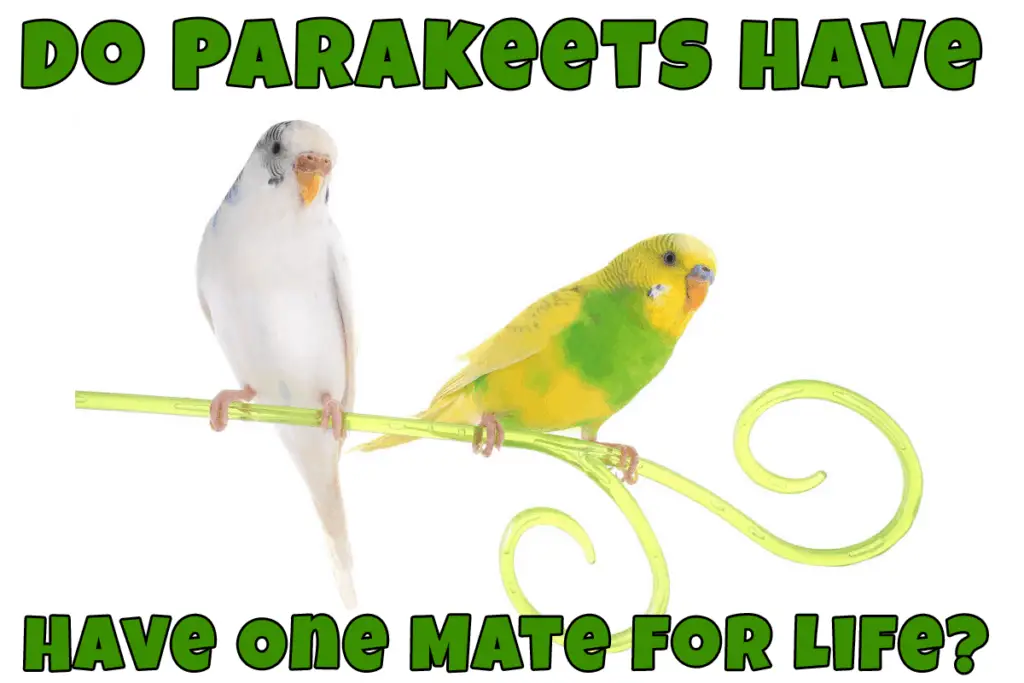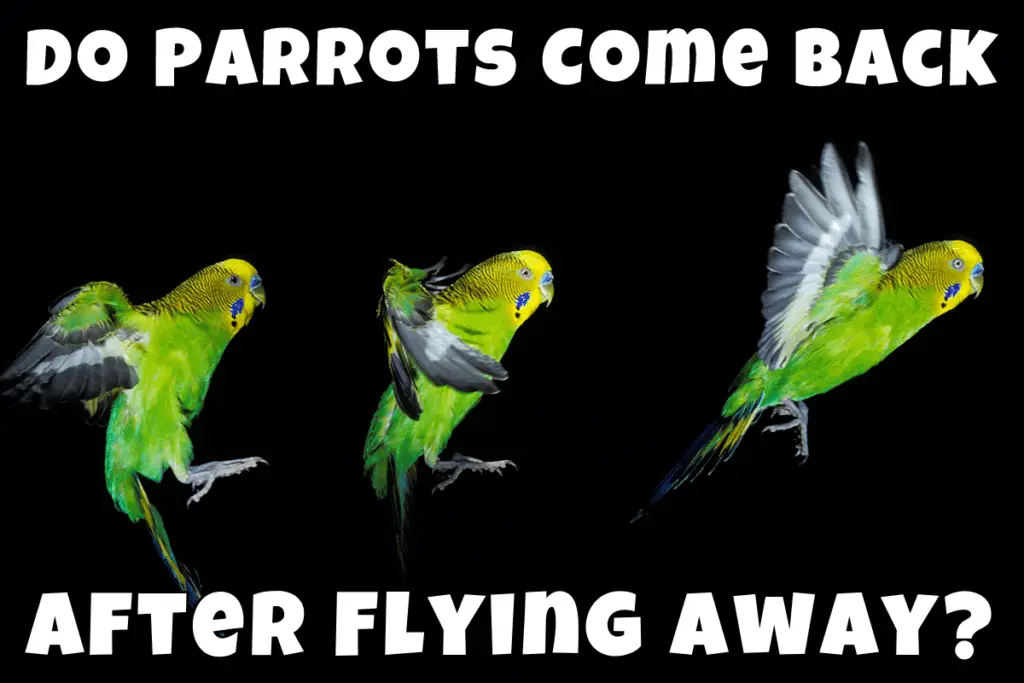I’ve always been an animal lover. Since my childhood, I have owned dogs, cats, crabs, and hamsters. And had no problem with growing them and taking care of them. The only animals I was forbidden to have were birds and rabbits. My parents said that birds are messy and poop everywhere; that’s why they did not permit me to have one at home.
Today, I decided to have a bird in my house. And since then, I have had no issues with noise or poops. But what I didn’t want to is to be bitten every now and then. So, it appears that parrots may be aggressive. So are green cheek conures really aggressive?
To cut a long story short – conures are not aggressive pets. However, they can be. Usually, these are shy birds that are very friendly towards the owner. Still, they have a strong protective instinct that helps them live in wild nature. So the level of the green cheek conure’s aggression will depend on the owner.
Let’s dive deeper into the topic.
What Makes a Green Cheek Conure Aggressive?
Birds are wild animals. In wild nature, parrots often become prey for bigger birds and predators. Their instincts tell them how they can protect themselves in the wild.
Being small, bird parrots are pretty fragile, and humans seem to them huge and scary. So the first and essential thing is to build trust between you and the parrot. Of course, this happens easier if you get a hand-raised bird.
If you rescue the bird, building trust may need more time and effort. But keep in mind that rescue birds tend to be more aggressive because of the neglect they receive from humans. Green cheek conures are not an exception here.
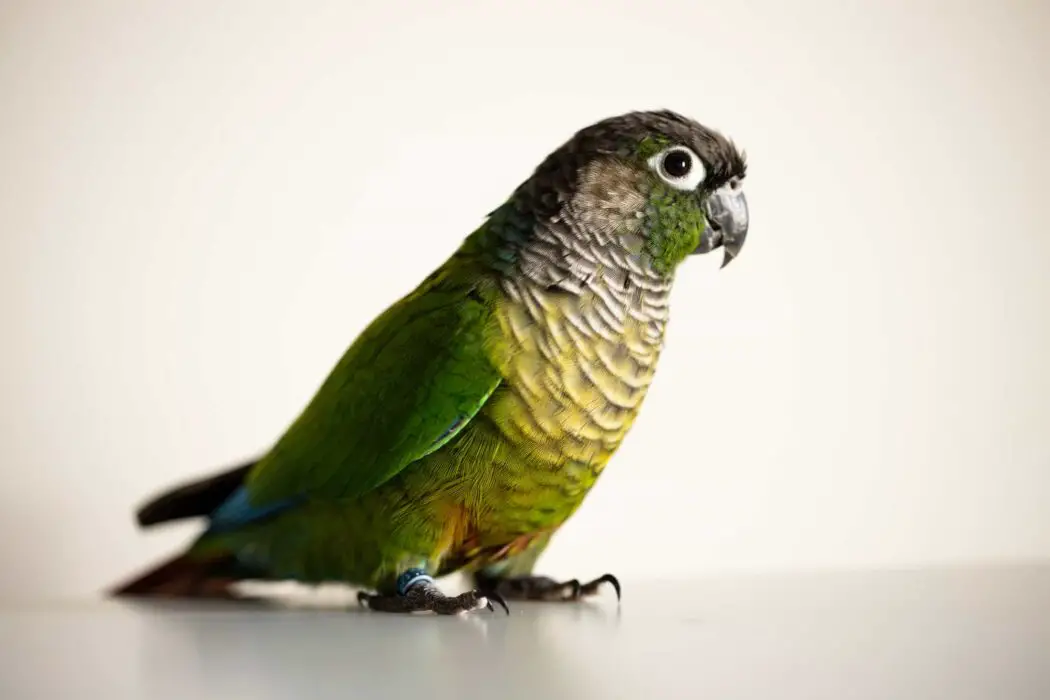
They are happy to live in a flock but may take humans as dangerous if humans neglect these birds for years.
Keep in mind that parrots use their beaks to explore the world. They use it to search seeds and pick them up, to discover their physical environment, and to protect themselves.
Green Parrots 101 (With Photo and Video)
Another organ green cheek conures used to protect themselves is the tongue. They taste seeds and fruits and other things they see to define if this is eatable or not. With their tongue, they recognize something around them. If they feel that the thing is dangerous, they can bite down and so protect themselves.
In the process of gaining bird’s trust, we can be messy and make bird think we’re dangerous because we move quickly or we’re too loud for the pet. So we may be bitten by our bird. Still, this doesn’t necessarily mean the bird is aggressive towards us.
Notwithstanding, assuming that we answer our bird by flicking, hitting, or in any case responding to the bird’s normal reflexes, we can make forceful examples in our bird and decrease trust.
What Does Aggression Look Like?
There are two types of parrot aggression: offensive and defensive. What does that mean? Offensive aggression means the bird comes out of a safe place and attacks you. Defensive aggression is the one that a bird demonstrates when it thinks it’s in danger.
If we speak of green cheek conures, they show aggression mostly If they defend themselves.
Green cheek conures will frequently offer you a few hints they don’t need you close to them. They might change their stance, emulate gnawing at you, or even express indignantly at you.
If you come to see such behavior, be sure this is a sign that calls you to respect the parrot’s space and leave the pet alone. If you proceed to touch the pet, more likely you’ll be bitten.
We would not recommend you to do this. Parrots are emotional but intelligent creatures. They don’t prefer to be forced into the interaction. If you force them, this kind of communication will not be taken as a positive one. To really build trust with your bird, give the bird some time and follow its pace.
How Can I Correct Aggression?
Don’t rush!
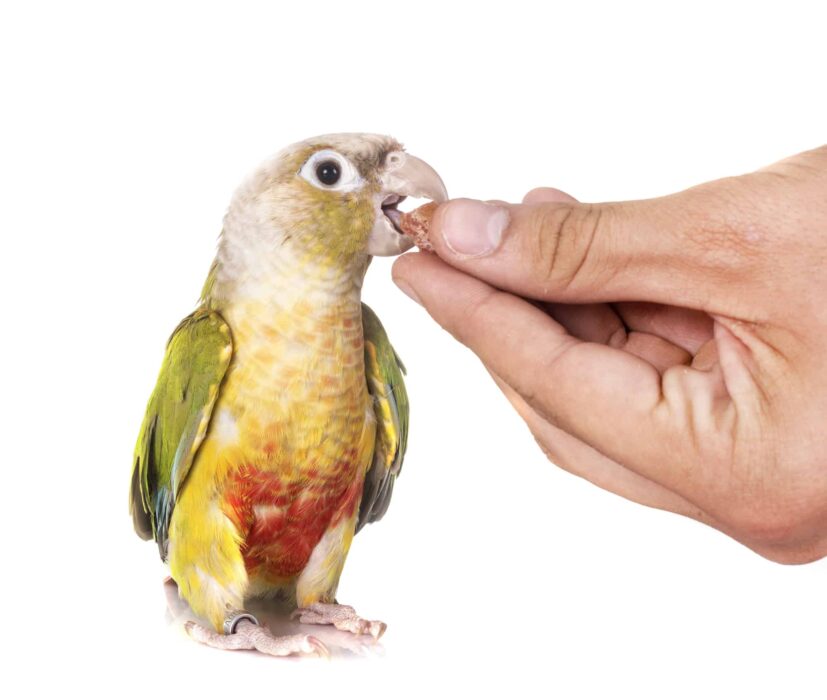
Your aim is to show your parrot that they are safe and can trust you. And the result depends on what kind of experience the bird has previously with humans.
So we advise not to speed up the process. Many parrots can live up to 20-30 years, so you have plenty of time. Ensure your interactions with the parrot are positive: watch the signs that conure gives you, take your time don’t be pushy on your pet.
Use treats to make the interaction experience even more positive. As a treat you can use slices of fruits, vegetables, or nuts. If the green cheek conurу tries to bite your hand instead of the treat, put some peanut butter on the treat to make it even yummy. Leave the treat in the cage and give some time for your parrot to come and get it safely.
If you’re patient enough, a parrot will soon understand that you are here to give treats and you are not dangerous for them. This will be a turning point where you can build more trust and, with time, a stronger bond with your bird.
How Long Can Green Cheek Conures Be Left Alone?
Also, keep in mind that the parrot may take some signals from you as aggression, such as speaking loud or screaming. Use a soft and calm voice to speak to your parrot to avoid this.
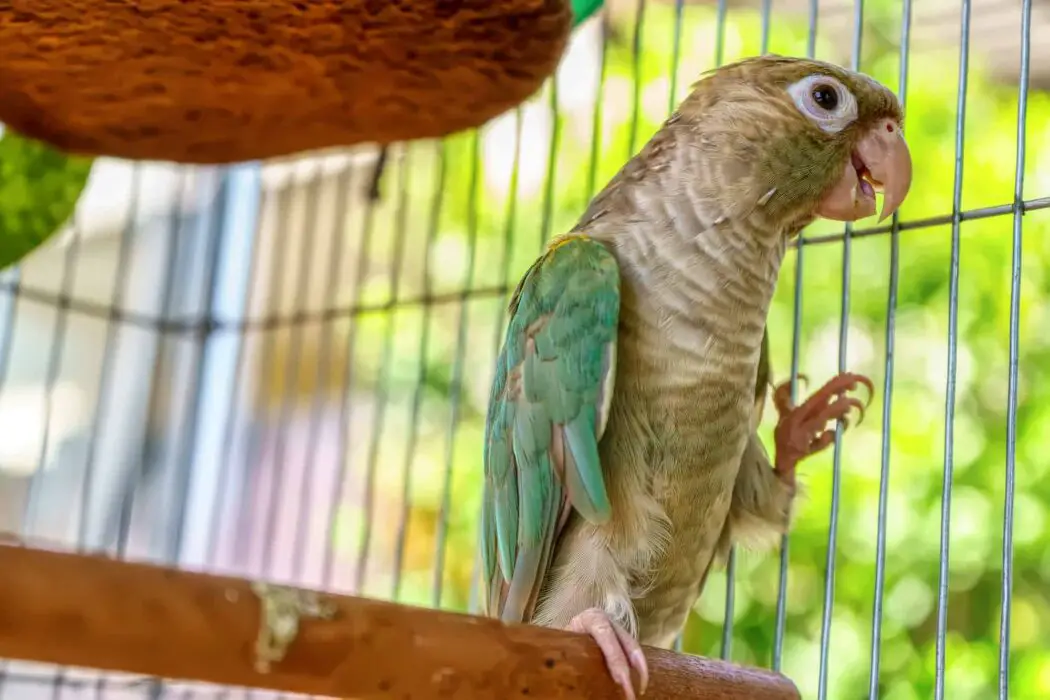
Also, come closer to the cage with your head turned to the side or look down. Parrots might decipher a head-on act as compromising. Acclaim your bird as frequently as possible, and don’t respond to a forceful way of behaving. Responding to the aggression will make a more significant amount of what you don’t need.
To protect yourself from bites, you can get special gloves. But keep in mind that gloves may scare your bird away, and as a result, you’ll get more aggression.
Each green cheek conure differs by certain traits, so you should learn the character of your parrot and go along with it.
Are Parrots Safe for Families With Babies?
If My Bird Is an Aggressive Rescue, How Can I Help It?
There is always a way to build trust between you and a parrot, even if it was a rescue one.
Green cheek conures are flock birds. When they are kept at home, their owner becomes a member of their flock.
When you rescue a parrot, your goal is to show your bird that humans can be loving and caring and can be safe. Gather as much information as you can, and learn how to build trust and what actions to take before you rescue the bird.

